 Managing AI workloads effectively is no small task. Organizations must navigate the trade-offs between public cloud, private cloud, and on-premises IT to ensure their AI applications run smoothly while controlling expenses and safeguarding sensitive data. Public cloud services offer scalable computing power, but ongoing operational costs can quickly accumulate. On-premises infrastructure, meanwhile, provides the highest level of control, yet it often lacks the elasticity needed for AI’s rapidly shifting demands. Private cloud solutions, on the other hand, help address security and compliance needs but may require significant investment in maintenance and management.
Managing AI workloads effectively is no small task. Organizations must navigate the trade-offs between public cloud, private cloud, and on-premises IT to ensure their AI applications run smoothly while controlling expenses and safeguarding sensitive data. Public cloud services offer scalable computing power, but ongoing operational costs can quickly accumulate. On-premises infrastructure, meanwhile, provides the highest level of control, yet it often lacks the elasticity needed for AI’s rapidly shifting demands. Private cloud solutions, on the other hand, help address security and compliance needs but may require significant investment in maintenance and management.
The hybrid cloud AI model, integrating public and private clouds with on-premises IT, optimizes AI cloud solutions while maintaining operational control. This approach enables organizations to allocate workloads strategically, executing cost-intensive AI processes where it provides the most significant financial and operational advantage.
To fully leverage these benefits, let’s explore strategies for balancing workloads and managing costs and data effectively.
Understanding The Cloud Dynamics
Before diving into optimization strategies, it’s essential to understand the key differences between public and private cloud solutions, especially regarding AI workloads.
Public cloud platforms provide extensive computing resources that allow companies to scale operations without hefty upfront costs. They are ideal for dynamic data processing and high-compute tasks, but ongoing expenses can quickly accumulate as workloads increase.
In contrast, private cloud environments provide enhanced control over data security and compliance. This option is especially advantageous for organizations managing sensitive information, such as those in finance or healthcare. While private clouds lessen dependence on third-party vendors, they frequently demand considerable investments in equipment and management.
Additionally, on-premises IT offers the utmost level of control and security for businesses handling critical data; however, it often lacks the responsiveness of cloud solutions.
Watch: Get On The HPE GreenLake Gridiron With Special Guest David Andrews

Opting For A Hybrid Cloud AI Approach
Adopting a hybrid cloud AI approach enables organizations to capitalize on the strengths of each environment. By evaluating workload characteristics, such as data sensitivity, processing requirements, and financial constraints, businesses can determine the optimal setting for each task. In this scenario, HPE GreenLake provides the essential tools that tie these diverse environments together.
For instance, less sensitive AI computations may be executed in public cloud environments, while highly secure or data-intensive processes can be run within private clouds or on-premises systems. HPE GreenLake’s unified management platform offers a consolidated dashboard that provides a comprehensive view of system performance, usage trends, and resource distribution. This integration allows IT teams to coordinate deployments effectively across all environments.
To implement a hybrid cloud AI model successfully, consider these steps:
- Workload assessment: Analyze and classify AI tasks based on their security and processing requirements. Determine which tasks best suit public, private, or on-premises deployment. HPE GreenLake’s detailed insights into workload performance and resource utilization assist in making these decisions.
- Integrated management: Leverage HPE GreenLake’s centralized dashboard to oversee all aspects of the hybrid deployment. Its automated cost-tracking features provide transparency into spending and help adjust resource allocation dynamically, ensuring effective cloud cost management. This continuous monitoring minimizes the risk of overspending while aligning operations with financial goals.
- Lifecycle management: HPE GreenLake streamlines the entire AI and ML lifecycle, from development through testing to production, ensuring that every phase of the workflow is executed efficiently. Organizations can maintain performance and adaptability across different cloud environments by simplifying lifecycle management.
- Enhanced compliance and security: With built-in tools for encryption, vendor management, and compliance verification, HPE GreenLake reinforces data protection across the hybrid landscape. Organizations can quickly implement security policies consistently across public, private, and on-premises systems, ensuring that sensitive data remains safeguarded.
How About Data Control And Security?
A hybrid cloud AI approach allows organizations to maintain data control and security while taking advantage of diverse cloud environments. Sensitive data can be managed on-premises or within a private cloud, while less critical tasks are allocated to public cloud services. This balanced distribution meets regulatory requirements and supports effective cloud cost management.
To protect sensitive information while leveraging cloud benefits, consider these integrated strategies:
- Regulatory compliance and secure storage: Identify AI workloads subject to industry regulations and store sensitive data in environments where security is prioritized. HPE GreenLake’s compliance tools offer automated checks and audits, ensuring that all deployments meet legal standards across public, private, and on-premises systems.
- Advanced data encryption: Implement strong encryption protocols to protect data processed in the public cloud against unauthorized access. HPE GreenLake’s centralized security framework simplifies the enforcement of encryption policies, ensuring that all data, regardless of location, remains safe.
- Streamlined vendor management: It is essential to choose cloud providers with strong security measures. HPE GreenLake consolidates vendor assessments by offering a unified management platform that delivers a centralized view of security configurations. This allows organizations to ensure that all cloud providers adhere to the company’s security policies, reducing the risk of vulnerabilities.
HPE GreenLake’s platform ensures consistent security and compliance across all computing environments, with its real-time monitoring and automated tools for effective cloud cost management and data security. This integrated strategy empowers organizations to navigate the complexities of hybrid cloud AI deployment confidently and securely.
Final Thoughts
Optimizing AI workloads requires a strategic approach that balances cost, data control, and performance. A hybrid cloud AI model, leveraging the best public and private clouds and on-premises IT, ensures businesses can effectively harness AI cloud solutions. With platforms like HPE GreenLake, organizations acquire the tools to manage hybrid cloud environments efficiently.
WEI specializes in helping businesses make complex cloud decisions. Contact us today to discuss how a tailored hybrid cloud AI strategy can optimize your AI workloads while managing costs and security.
Next Steps: Discover how HPE GreenLake delivers an intuitive and cost-efficient cloud experience that enables businesses to scale, manage, and protect their virtual machines across hybrid environments. This video will highlight the following key benefits:
- Zero Overprovisioning for Better Economics
- Performance for Critical Applications at Scale
- Faster Time to Value
- Seamless Fit for Any IT Environment
- End-to-End Data Protection and Security













